Korea National Foundation Day, known as Gaecheonjeol, is a public holiday in South Korea, marked every year on October 3rd by all public employees and school children getting the day off. This day honors the legendary formation of the first Korean state of Gojoseon, founded by Dangun Wanggeom.
As you delve into Korean culture and history, understanding the significance of holidays like Gaecheonjeol gives you insight into the deep roots of Korean identity and pride. Typically celebrations involve colorful parades, traditional ceremonies, and performances that all pay homage to Korea's rich heritage and the spirit of its people.
As a public holiday, Gaecheonjeol offers a moment to reflect on Korea's past. This celebration serves as a vibrant reminder of Korea's ancestral myths and the unity they inspire among its people today.
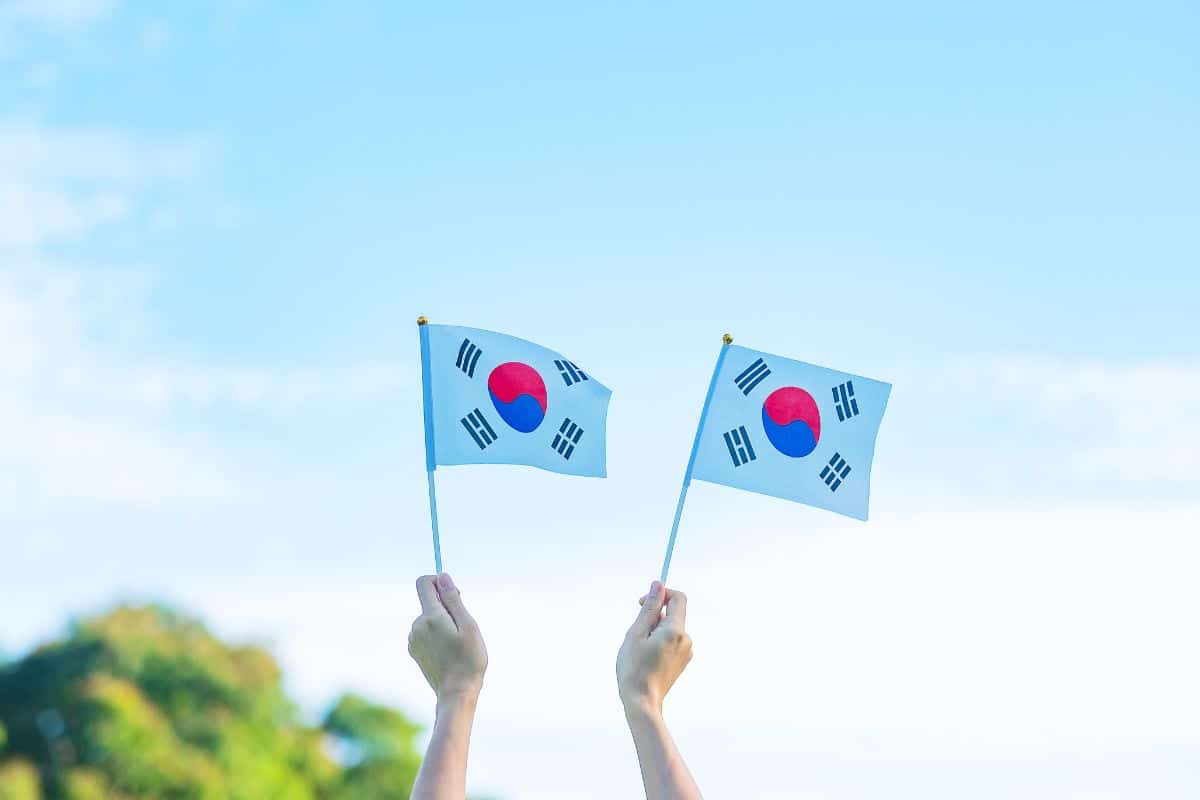
Jump to:
🎎 The Significance of Gaecheonjeol
Gaecheonjeol holds a special place in the hearts of most Koreans, as it commemorates the legendary founding of the first Korean state. Today, a rich tapestry of historical and mythical narratives comes to life surrounding the founding, reflecting a deep sense of national identity.
According to Korean mythology, the celebration of Gaecheonjeol dates back to 2333 BC. It commemorated the mythical establishment of the nation when the heavens opened, and a divine prince descended to bring forth a new dynasty.
Over time, Korea has seen several dynasties, with the Joseon Dynasty being one of the most influential in shaping modern Korean cultural and societal norms.
The Dangun mythology is still integral to this day, where Dangun, the god-king and grandson of heaven, is said to be the offspring of Hwanung, who descended to Earth with 3,000 followers.
According to the legend, he brought the ideals of humanity and established a nation, signifying the early Korean civilization and history. When Hwanung married Ungnyeo, they had a son named Dangun Wanggeom, who grew up to establish the kingdom of Gojoseon, marking the beginning Korean civilization.
It's a bit complicated, but this creation myth serves as the pivotal foundation story for Gaecheonjeol, symbolizing the genesis of the Korean nation and its people.
Previously following the lunar calendar a smost Korean holidays do, Gaecheonjeol is now observed on the fixed date of October 3rd to follow the Gregorian calendar. This transition has standardized the celebration for Koreans, making it an anticipated annual event that brings to light their shared history and pride - and lots of festivals!
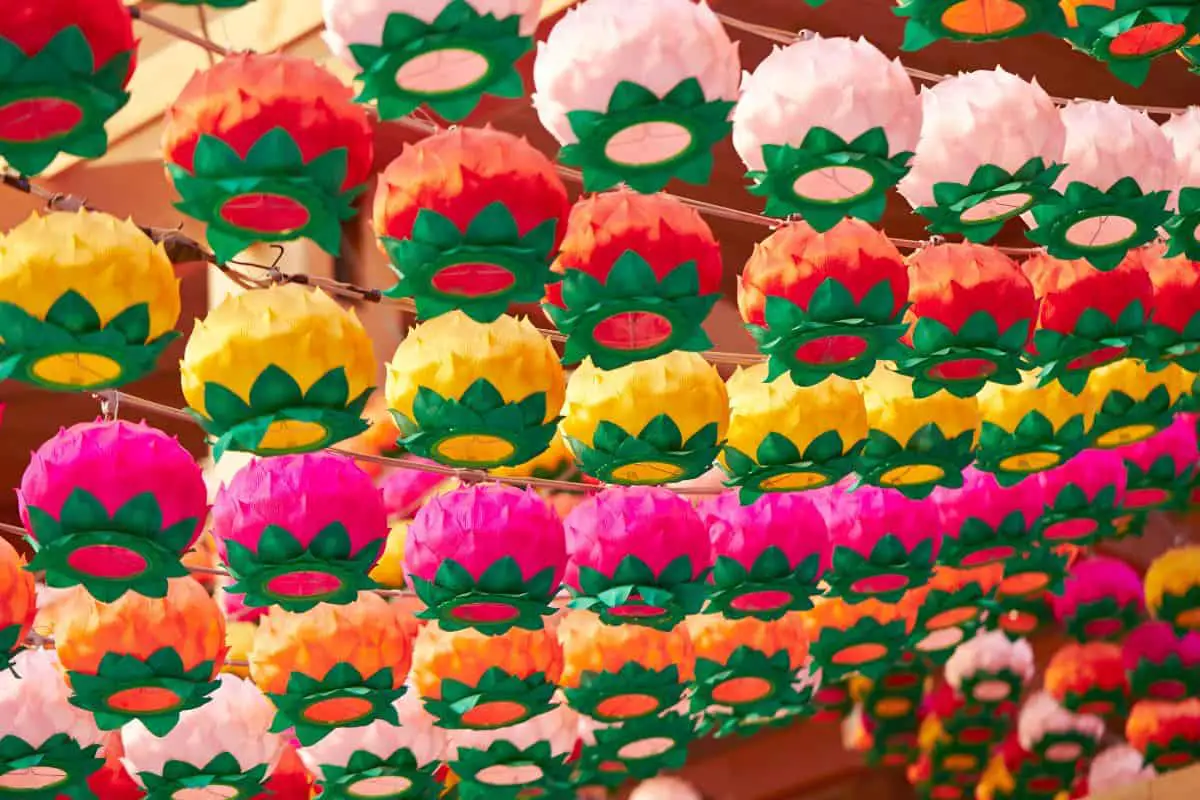
🌎 The Foundation of Korea and Its Global Context
Acknowledging the ancient historical relations with neighboring dynasties in China and states in Japan can enrich your understanding of Korea's National Foundation Day. These relationships have been pivotal in forming today's diplomatic and cultural landscapes.
Korea's turbulent journey through Japanese colonial rule in the early half of the 20th century fostered a profound sense of national pride and a fervent zeal for its independence. National Foundation Day is a testament to its resilient cultural identity, which surged following liberation from imperialistic shackles in 1945.
With the universal appeal of K-pop and Korean dramas, Korean culture and heritage are celebrated worldwide, fostering a sense of pride back home and carving out a unique Korean cultural identity on the international stage.
Korea National Foundation Day also highlights the importance of public holidays in South Korea, contributing to work-life balance in a fast-paced society. It's beocme a day when people reflect on the unique aspects of their history, take a break, and celebrate the establishment of Korean sovereignty and the national spirit that continues to drive progress.
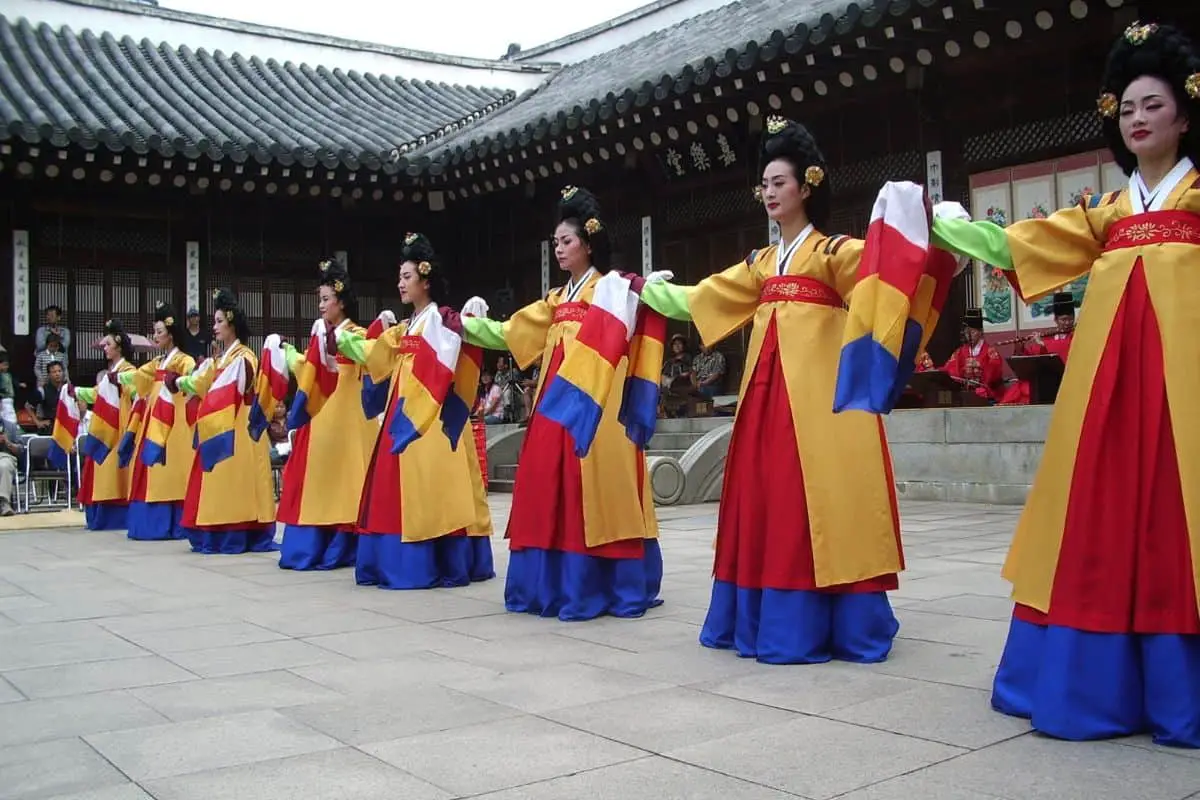
🎊 Celebrations Across the Nation
National Foundation Day, or Gaecheonjeol, is when the streets of Seoul flood with vibrant parades, and the nation dips into its roots with various traditional events in city and countryside.
Festivities in Seoul
In Seoul, Yeouido Han River Park has become a focal point for Gaecheonjeol celebrations. Here, you can witness stunning fireworks that dance above the river, juxtaposed against Namsan Tower's illuminating vista in the distance.
The festivities draw crowds dressed in colorful hanbok attire, who gather to enjoy outdoor concerts and the dazzling light displays that commemorate Korea's formation.
Regional Traditions
Beyond the capital, each region adds local flavor to the day's events. Near Hallasan on Jeju Island, some adventure seekers go hiking as part of the festivities, celebrating nature's role in Korea's heritage.
Elsewhere on Jeju Island, unique agricultural offerings and traditional food reflect the island's distinct place in Korean culture. The Chamseongdan altar on Mount Taebaek, believed to be where the nation's forebearers conducted rituals, becomes a site of pilgrimage and remembrance.
On this day, most Koreans display their national flag, the Taegukgi, outside their homes, and you might even join in mass traditional dances across the country, particularly in Seoul.
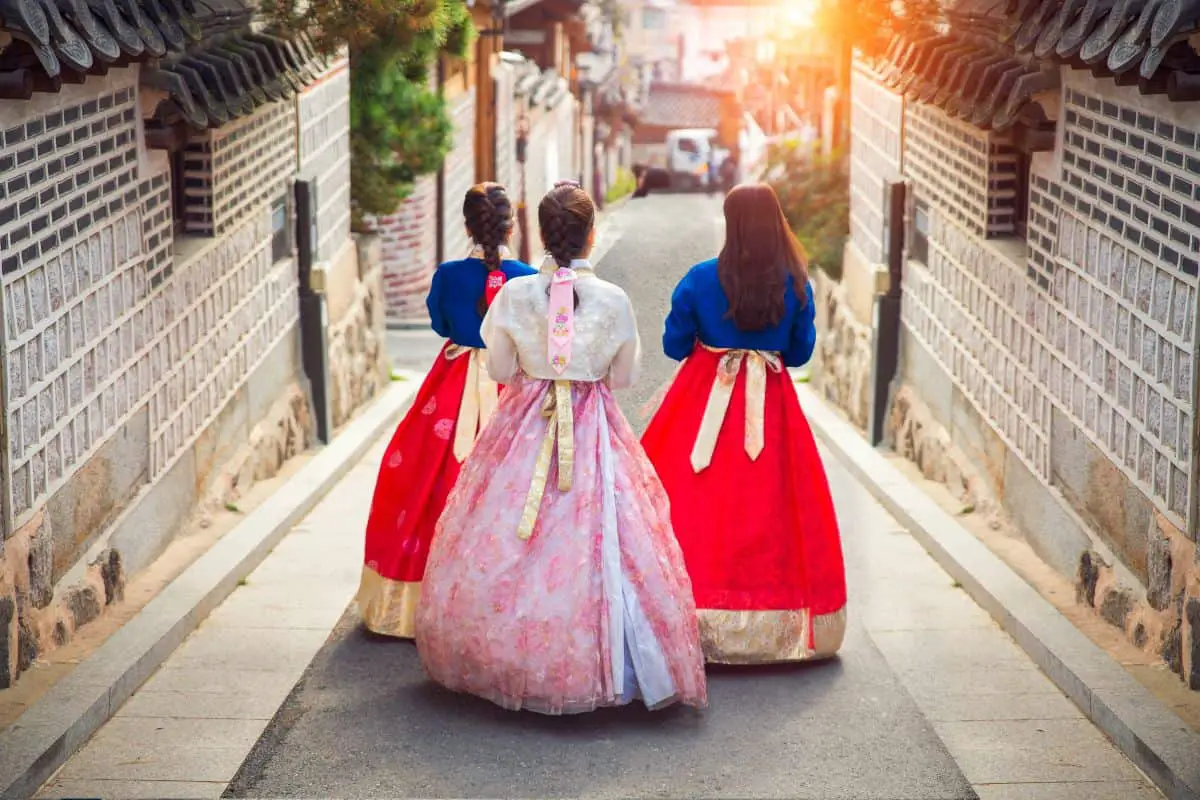
Cultural Heritage Events
Cultural heritage is at the heart of Gaecheonjeol, and many cities host events that honor the country's past. Some communities also wear hanbok to participate in reenactments and traditional performances.
These acts are not mere spectacles but are ways for Koreans to connect with and celebrate their collective cultural identity during this national holiday.
Educational Exhibitions and Performances
For a more detailed reflection on history, visit educational exhibitions that explain the nation's origin tale through interactive displays.
Theatrical productions recounting the legend of Korea's creation take place in venues across the country - they offer a dramatic lens into the historical significance of Gaecheonjeol, meant to engage both young and old in the story of their nation's beginnings.

🙋 Frequently Asked Questions
During Gaecheonjeol, you might see various traditional festivities, such as paying respects at ancestral shrines, enjoying musical performances, and participating in the national ceremony at Yeonghwiwon and Sungryeoljeon shrines in Seoul. People also tend to raise the national flag, Taegeukgi, at their homes to mark the occasion.
Gaecheonjeol is a source of national pride for South Koreans, commemorating the mythical founding of the first Korean state of Gojoseon. It symbolizes the Korean people's historical depth and unity, and it's a day for celebrating their collective identity and cultural heritage.
On National Foundation Day, South Koreans attend parades, participate in cultural events, and watch fireworks displays. Government-run commemorations also include the reading of the Gaecheonjeol statement and special performances.
The basis of Gaecheonjeol is rooted in the legendary establishment of the first Korean state, Gojoseon, in 2333 BCE. Gojoseon is considered the start of Korean nationhood, and the day serves as a reminder of the country's long-standing historical narrative.

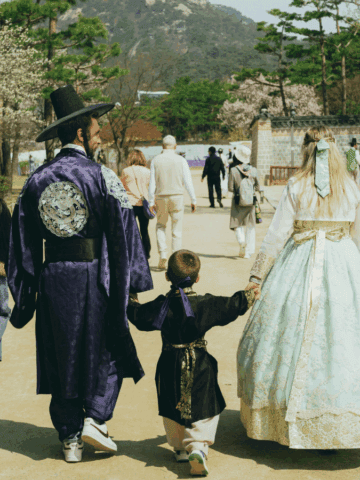



Comments
No Comments